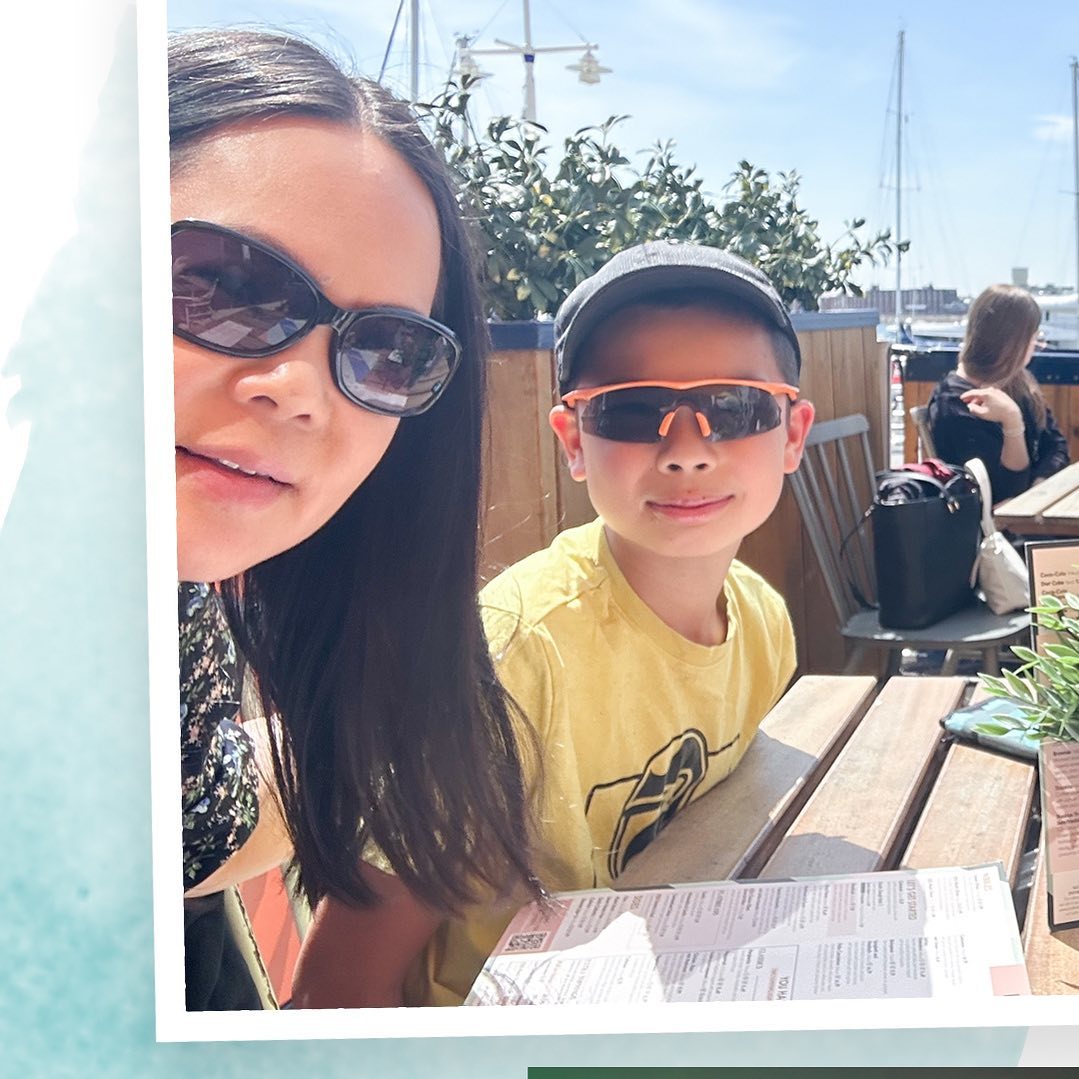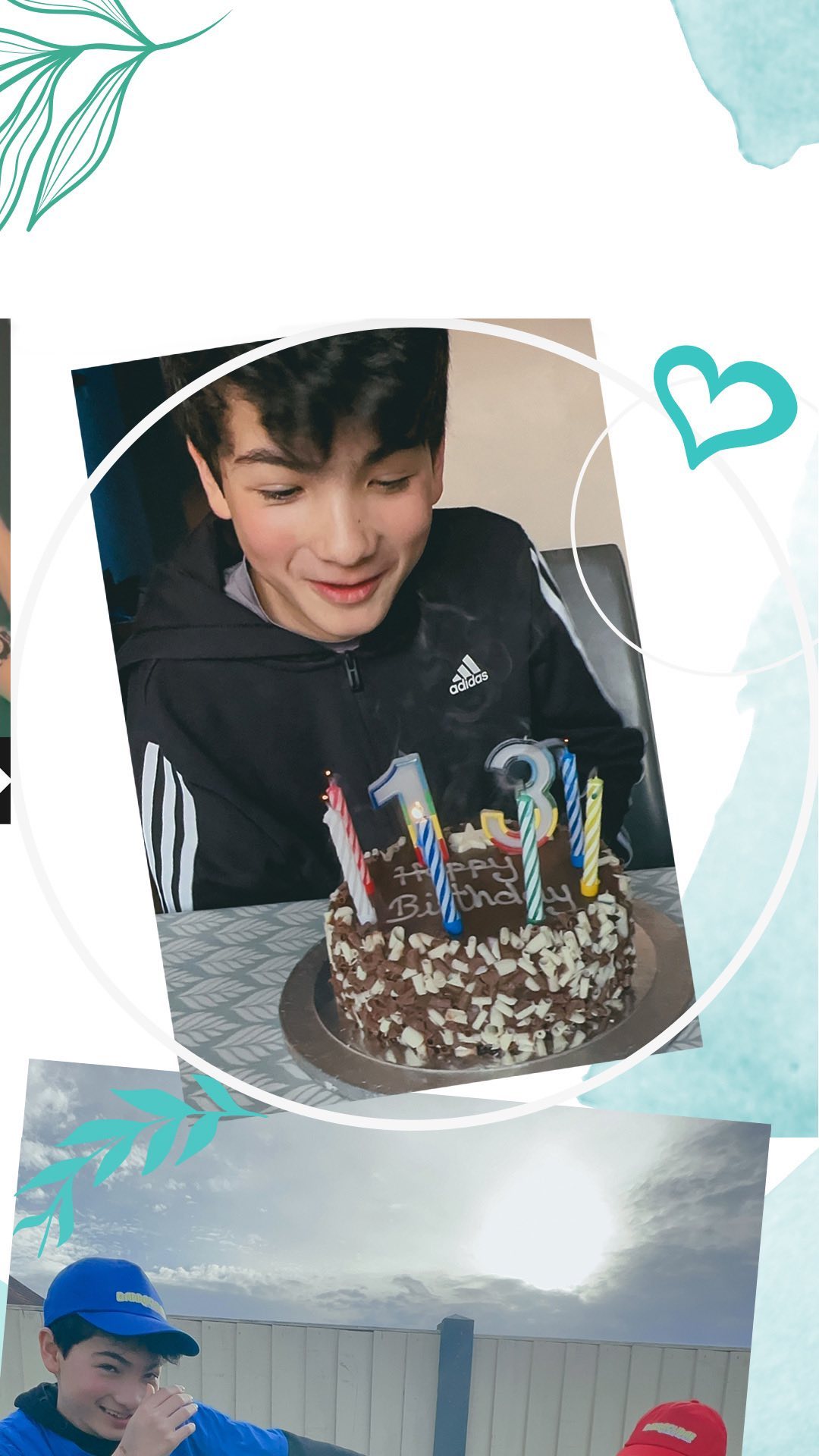What To Do When Your Teen Has Fallen Behind
It hits you out of nowhere sometimes. You’re watching your teen revise, half-focused, half-drifting, and you can’t help thinking, please let this keep moving in the right direction. E is in full mock-prep mode here, and even when things look steady, you still get that tiny knot of worry — the one that whispers, don’t let them slip too far, don’t let this stack up on them.
Because falling behind can feel huge to a teen, and honestly, it feels huge to us, too. You just want to keep things steady without becoming the “nagging parent” they push back against. The balance is hard. And yet, slipping behind isn’t uncommon. It’s not dramatic, not a crisis. Just a moment that needs a calmer reset than you think.

Spotting the Signs Your Teen Might Be Falling Behind
Most teens won’t announce they’re struggling. Half the time, they don’t even realise they’re drifting until the stress catches up with them. The signs are usually smaller and easier to miss when life is busy:
- A subtle change in how they talk about certain subjects — suddenly calling things “boring,” “confusing,” or avoiding the topic.
- Hesitating when you ask about homework or revision, giving vague (“yeah, it’s fine”) answers.
- Avoiding one subject completely, even if they normally rotate through work evenly.
- Sitting down to revise, but spending ages rearranging pens, scrolling, or staring at the same page.
- Missing online assignments or forgetting the right books more often than usual.
- A teacher quietly mentions they’re “behind on this bit” or “struggling with the unit.”
- A dip in confidence — that look they get when an exam topic comes up.
- Emotional shifts: tiredness, irritability, or an obvious rise in stress around school talk.
- Work quietly piling up — loose worksheets, half-done tasks, “I’ll do it tomorrow” becoming routine.
- A general sense that they don’t know where to start, even if they insist everything is “fine.”
None of these signs means they’ve hit a crisis. They’re just little markers that a reset might help.
Understand What “Behind” Really Means
The word “behind” sounds heavier than reality. Teens hear it and imagine mountains; parents hear it and imagine long evenings sorting everything. But often it’s smaller — a topic they didn’t grasp, a homework they skipped because they didn’t know where to begin, a revision week that was more scrolling than studying.
Sit with them and just look. No lectures. No “right, let’s fix this.” Just open the apps teachers use — Teams, Google Classroom, ClassCharts — and see what’s actually there. Patterns appear quickly. It’s information, not judgment.
Speak to Teachers Early
Emailing a teacher can feel like overreacting, but honestly, teachers prefer the early, gentle check-ins over the “we’re in trouble” messages in spring. A quick, simple email asking which topics or units matter most is enough.
If your teen gets anxious about writing to staff, draft it together. They don’t have to say they’re behind — just ask for clarity. Once you know what’s essential, everything feels less foggy.
Build a Simple, Achievable Plan
Catching up doesn’t need a colour-coded schedule taped to the fridge. Keep it small and realistic — a week or two of gentle structure.
Aim for one or two focus points a day. Short revision bursts (25–30 minutes) so they finish things rather than drowning in them. A mix of “quick wins” and one slightly bigger task works well. Teens rebuild momentum through little successes, not marathon study days.
You’re not aiming to perfect everything. You’re helping them move forward again.
Use Past Papers to Shortcut Revision
When teens feel behind, rereading notes feels safer — but it rarely helps. Past papers do.
Start tiny. One question. Let them try it without pressure. Mark schemes help them see exactly what examiners want, which removes a lot of the guesswork that makes them spiral.
Then another question the next day. Maybe a few short tasks later in the week. You’ll both see real progress faster, and that matters.
Reset Routines at Home
When a teen is playing catch-up, the home routine matters more than you think. Not strict rules — just gentle rhythm.
Regular sleep. Predictable study slots. A semi-tidy desk. Encouraging them to park TikTok until after a session instead of banning everything. Evenings that feel calm enough for their brain to settle.
You’re creating space, not pressure.
Support Their Confidence Without Taking Over
Teens hide it, but falling behind dents their confidence. They mask it with “can’t be bothered” or “I’ll do it later,” but it usually means “I don’t feel good at this right now.”
Keep check-ins short and kind. Notice the small wins — finishing a topic, sending an email, doing one tricky past-paper question. Avoid comparisons, avoid long speeches, avoid piling on pressure. They shut down fast when they feel cornered.
Your job is to steady the floor under them.
Know When Extra Support Helps
Sometimes the quickest fix is a different voice explaining the same thing. A lunchtime catch-up with a teacher, a few revision sessions at school, or a short tutoring run can make everything click again.
It’s not a sign they’ve failed. It’s a sign they’re trying — and you’re giving them the tools to move forward.
A Gentle Close
Teens fall behind far more often than parents realise, and nearly all of them find their way back with a bit of structure and reassurance. You don’t need a perfect plan or hours of revision. Just steady encouragement, small steps, and a calm space at home so they can breathe and rebuild.
![[AD] ✨ Festive magic for local families in the heart of Guildford ✨
We had the loveliest evening exploring the @guildfordilluminate light trail at Guildford Castle
The trail takes around 30–40 mins
with cosy stops for hot chocolate and toasting marshmallows, it’s a gorgeous Christmas activity for Surrey families.
It’s on until 4th January and makes the perfect festive plan:
🛍️ Christmas shopping in town
✨ The light trail
🍽️ Finish with dinner in Guildford
If you’re looking for a magical, stress-free festive outing with the kids — this is one to add to your Christmas list
📍 Guildford Castle, Castle St, Guildford GU1 3SX
#GuildfordWithKids #SurreyFamilies #ChristmasInSurrey](https://suburban-mum.com/wp-content/uploads/2018/09/589257185_18566118850016840_4432952740767953046_n-180x320.jpg)
![[AD] We went to the newly opened Cha Sha Kingston a couple of weeks ago, and wow — taste bud adventure unlocked! The boys devoured the masala fries and chicken tikka rolls, while we couldn’t get enough of that epic kebab butter curry 😍🍛.
It’s amazing value for food this tasty (and everyone left happy and VERY full!).
Delicious food, vibrant vibes and incredible value — the perfect combo for your next meal.
📍Cha Sha Kingston
43 Surbiton Road, KT1 2HG
🌐 chasha.co.uk
Other Cha Sha locations in Birmingham, Ilford, Southampton and Wembkey
#ChaSha #ChaShaKingston #KingstonEats #FoodieFinds #UKFoodie #FoodReview #KingstonUponThames #FamilyEats #FamilyDining #FoodieKids](https://suburban-mum.com/wp-content/uploads/2016/02/574770541_18560351146016840_6855048070839528040_n-180x320.jpg)

![[AD] We’re a cricket-mad family, so we’re buzzing that @thehundred is back this August! 🏏🔥
To get ready, M tried out the official FREE Activity Pack — and it’s brilliant! 🙌
Packed with fun games, creative challenges and sporty tasks, it’s perfect for getting kids hyped whether you’re at home or on the go.
👉Download yours now (link in bio)
@londonspirit @ovalinvincibles #EveryMomentCounts #TheHundred
#EnglandCricket #CricketFamily #TheHundredCricket #LondonBloggers #Cricket #CricketIsLife #kidsfun](https://suburban-mum.com/wp-content/uploads/2022/11/505472555_18531279601016840_7092520074819907569_n-180x320.jpg)



![[AD - Press visit]
We enjoyed the glorious sunshine this weekend with a trip to Brighton. We went on the @brightoni360official which is right by the sea front.
The i360 pod take a slow journey up, allowing you to take in views across Brighton and the South Downs 450ft above ground. There’s a bar inside with drinks and snacks available to purchase and the experience lasts 25 minutes.
Afterwards, we headed to the open air roller rink for a roller skating session!
The roller rink is:
⭐ Suitable for over 5s
⭐ £6.50 if you have your own skates or £9.50 if you need to hire them
⭐ 45 minutes per session
Full details to visit the i360 + skating
📍 Brighton i360, Lower Kings Road, Brighton BN1 2LN
🚗 Parking nearby (we parked in the Regency Square Car park)
🎟️ Prices start from £25.40 for an adult and £16.90 for a child
🕐 Opening hours are currently Sun-Fri 10.30am-18.30pm and until 19.30pm on Saturdays
☕️ Bar inside the i360, cafe and gift shop
Book tickets here:
https://tickets.brightoni360.co.uk/tickets/?_ga=2.195305772.1869001490.1689671753-1757164059.1689671753/#events?eventid=157](https://suburban-mum.com/wp-content/uploads/2015/04/417980235_313576471048632_3682382982231216432_n.jpg)

![[AD] ***Summer of fun at Barracudas Activity Camps!****
There is plenty for kids to do at @barracudas_activity_day_camps
From Tennis, Archery, Swimming, Motor Sports and more you can be sure that there will be something for kids aged 4.5-14. ⚽🏈🥅🎾🏓🏎️🏹🏊♂️🏉
You can book on a day by day basis - so it can fit in with any other days out/activities you have planned and there are early drop off and late pickup options available. Barracudas are also Ofsted registered so you can use your Childcare Vouchers too.
⭐⭐⭐Get £20 off a week or £4 off a day using my discount code: MARIA20⭐⭐⭐
#BarracudasActivityDayCamp #BarracudasActivityCamp #BarracudaAmbassadors #SummerHolidays #SchoolHolidays #Summer2023 #SummerCamp #DayCare #Camp #KidsCamp #surreymummy #surreymums #SummerOfFun #ActivityCamps #HolidayCamps #Childcare #SchoolHolidays #schoolholidaycamps](https://suburban-mum.com/wp-content/uploads/2024/07/353583570_625625966167953_545896259645102575_n.jpg)



![[AD] We have some super exciting news...we have been chosen to be Laser Quest Ambassadors, and the boys are over the moon!
We are really lucky that our local Laser Quest (@laserquestkingston) is just around the corner from us. It means we can pop in of a weekend or anytime during the school holidays, and with summer just around the corner, I know Laser Quest will be one of our go-to places for some family fun.
As well as games of Laser Quest, there are also VR experiences and arcade amusements too. To find out a bit more about how Laser Quest works, you can read my blog post: https://www.suburban-mum.com/laser-quest-kingston/ (clickable link in bio)
Don't forget to keep an eye out for our Laser Quest posts - I'm going to be giving away two family passes to use at Laserquest Kingston!
If you can't wait and want to head down to Laser Quest to try it out, use the code SUMMER30 for 30% off your booking. The code is valid from now until the end of August 2023 and can be used on Laser Quest games and birthday party bookings.
#LaserquestAmbassador #Laserquest #LaserquestKingston #ActivitiesForKids #FamilyFun #DaysOutWithKids #Lasertag #LaserquestVR #Kingston #ThingsToDoInKingston #SurreyFamilyDaysOut #ThingsToDoWithKids #RainyDayFun #SurreyMummy #SurreyLife #LifeWithKids #LifeWithBoys #familyfunday](https://suburban-mum.com/wp-content/uploads/2015/04/353230107_797358078406942_2405522556733455165_n.jpg)

![[AD] The sun has finally made an appearance and the boys have been making the most of it by spending it
in the garden.
They’re go-to is always football and they’ve been trying to improve their aim and accuracy with the new Messi Foldable Footlball goal from the #MessiTrainingSystem range.
I love the fact the goal is foldable, making it easy to store away when not in use. It is also lightweight so you can effortlessly pack it up and take it to the park or to a friend’s house.
The Messi Foldable Football Goal retails at £36 and can be purchased from @argos
You can read my full review here: https://www.suburban-mum.com/messi-foldable-football-goal/
#TrainLikeMessi #FoldableFootballGoal #FootballSkills #OutdoorFun #LionelMessi #LeoMessi #FootballAtHome #OutdoorKids #JustGetOutside #OutdoorsAndFree #ScreenFreeKids #WhateverTheWeatherKids @flair_gp](https://suburban-mum.com/wp-content/uploads/2024/07/341194882_615024710178056_41977149395989448_n.jpg)

![[AD] We are absolutely thrilled to announce that we are Barracuda Ambassadors again this year.
With Easter just around the corner, the boys were sent the @barracudas_activity_day_camps new camp kit in preparation for the school holidays.
There’s a wide range of activities for kids aged 4.5 - 14 including Tennis, Archery, Basketball, Arts & Crafts and more.
If you like the sound of Barracudas, find out more over on their website. You can also save £20 a week or £4 a day, using my discount code: MARIA20](https://suburban-mum.com/wp-content/uploads/2015/04/336812306_765234558514317_685553691647241974_n.jpg)





